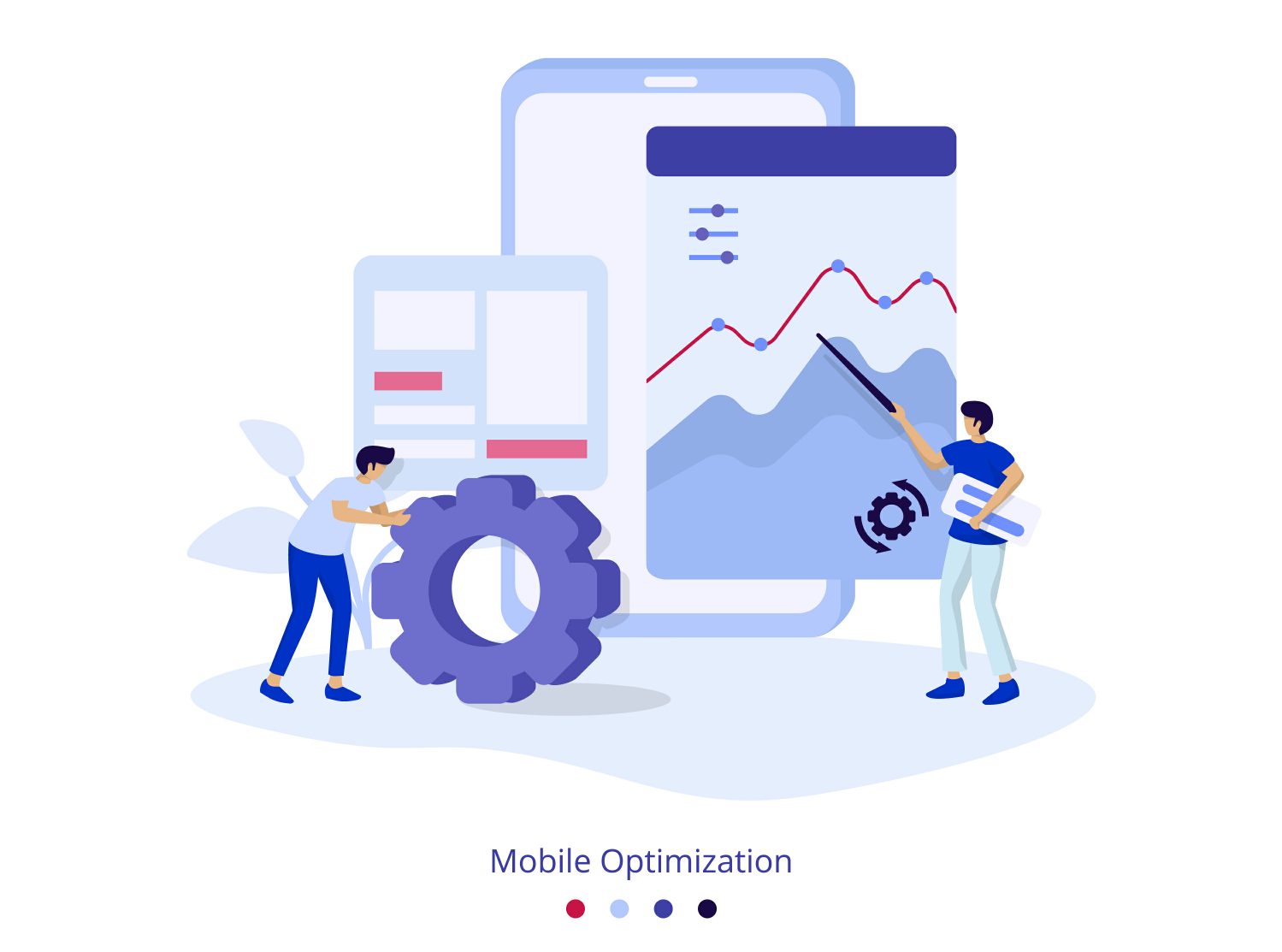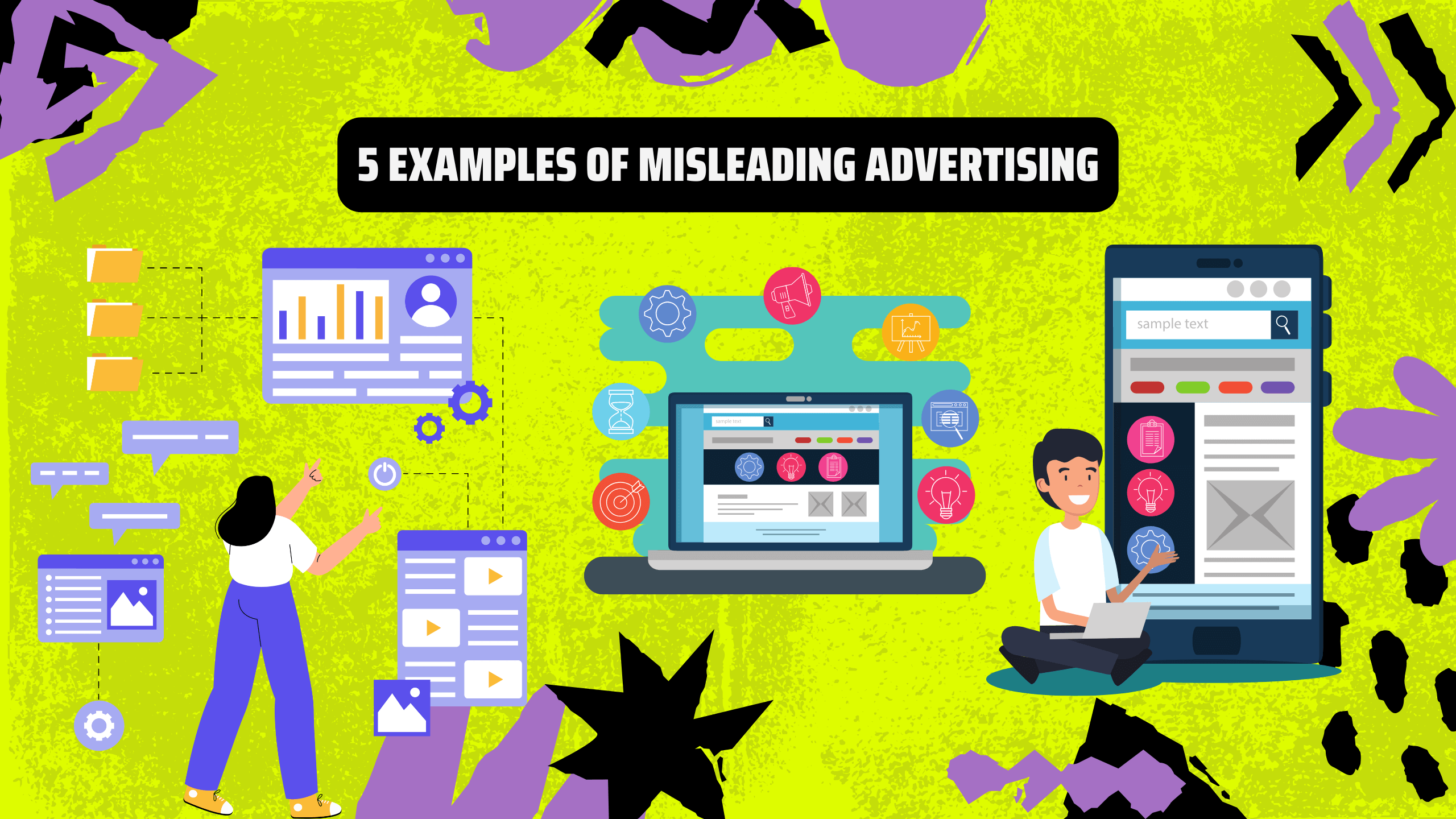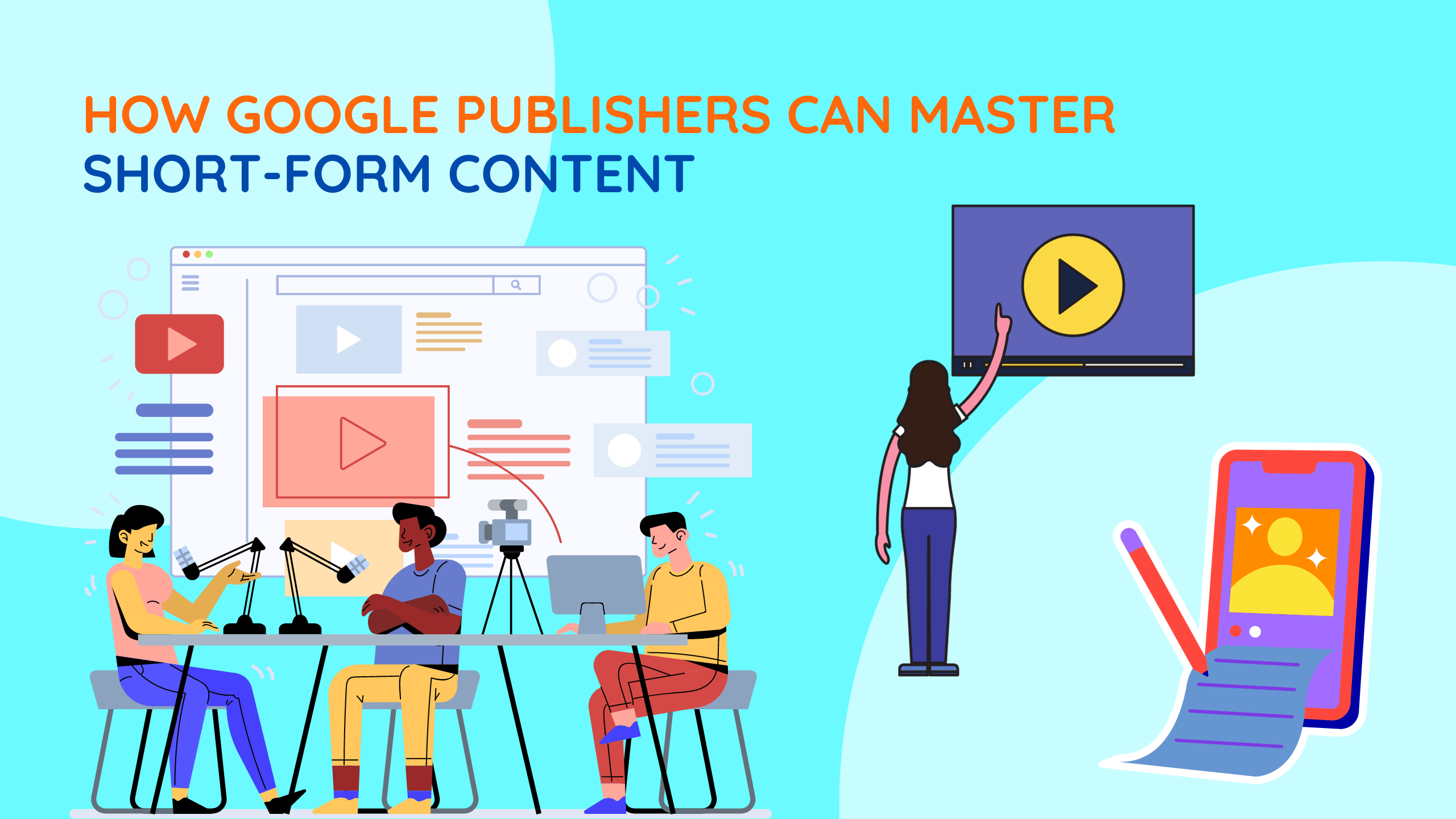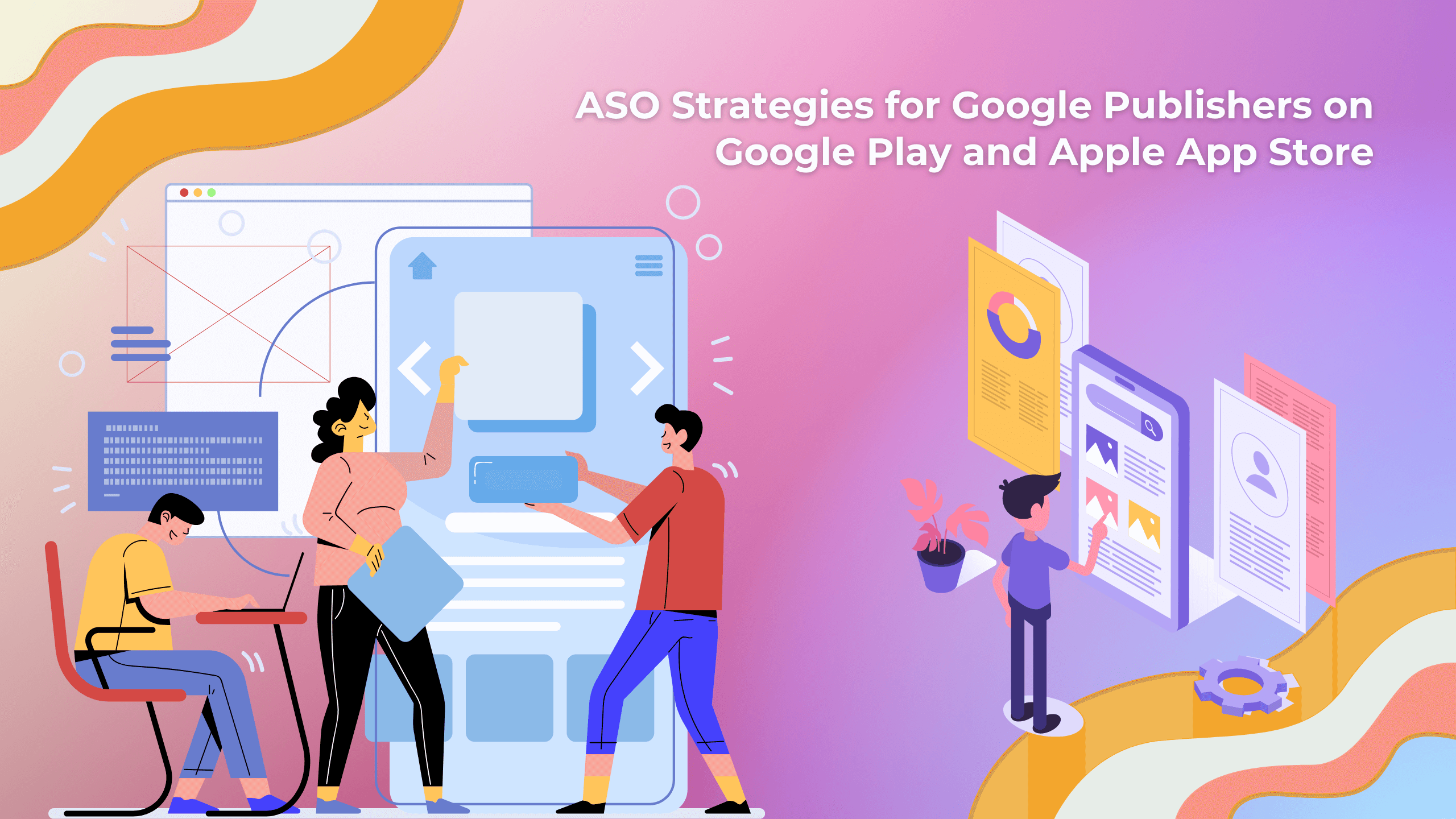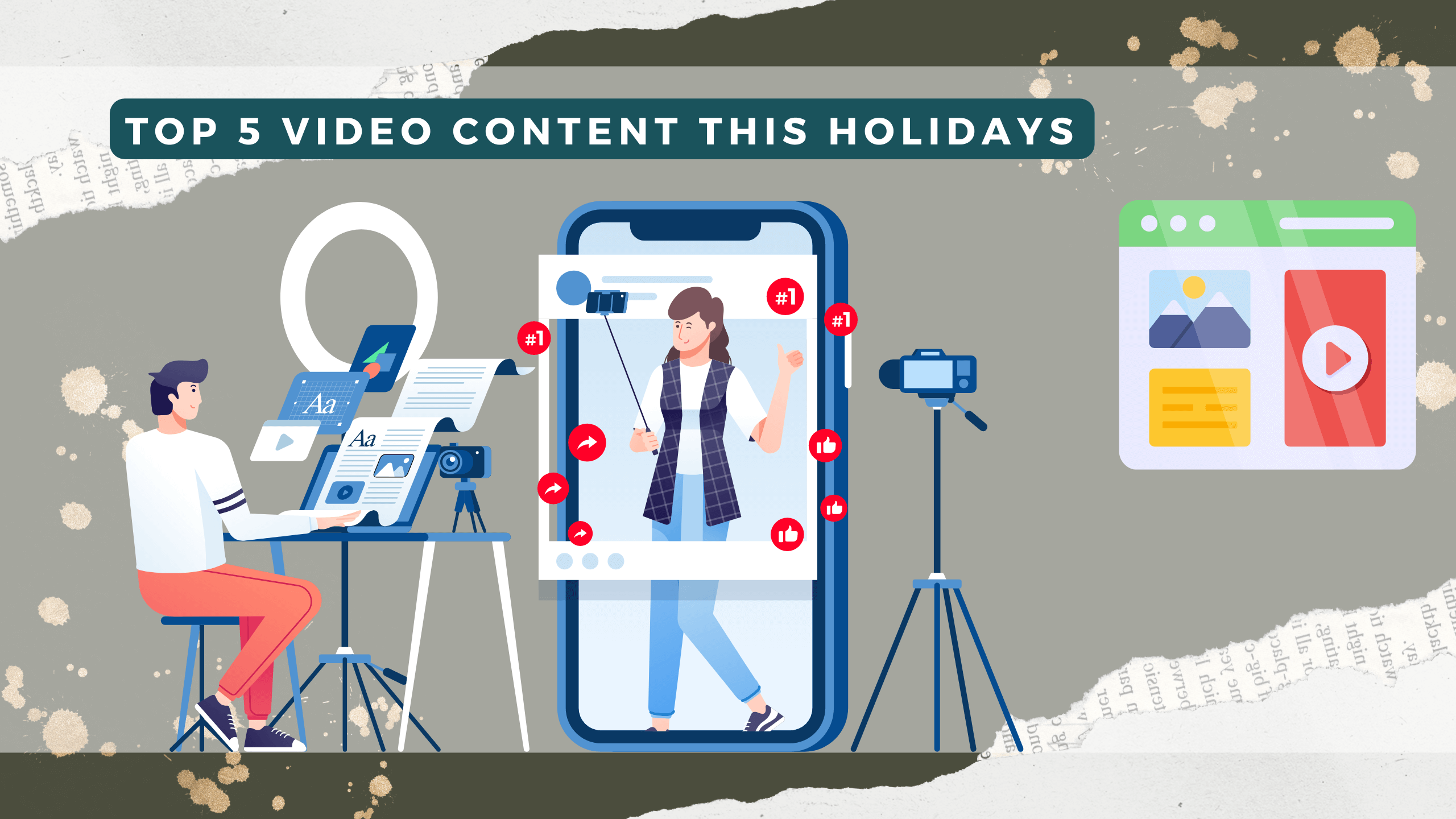1. Grow your business with a trusted partner
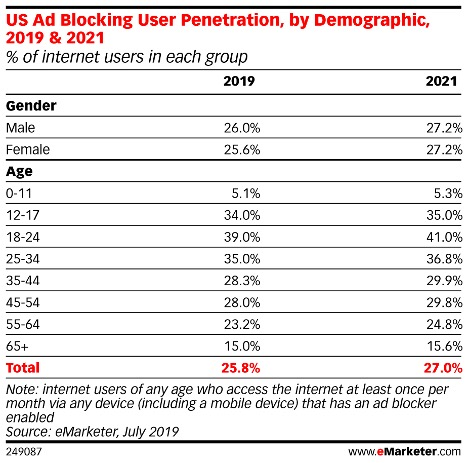
– Powered by Google’s ad technology
Google has helped millions of developers grow their digital businesses for over a decade. With that Google, proven technology stack offers not only sophisticated and comprehensive state-of-the-art features for directly sold ads via Google Ad Manager, but also provides tight integration with the programmatic capabilities of Ad Exchange for backfill and dynamic allocation
– Cross-platform capability
Google Ad Manager can be used with the main mobile platforms, Android and iOS, with support for leading game engines such as Unity and Cocos2d-x.
– One SDK for ads
If you have already integrated Google Mobile Ads (GMA) SDK in your mobile apps, you don’t need to make any changes. GMA SDK can be used for Google Ad Manager, Ad Exchange, and AdMob ads. Also, Google Play services push automatic performance improvements to Android apps without additional SDK changes. However, you would need to manually update the iOS SDK frequently to take advantage of the latest capabilities.
2. Understand users
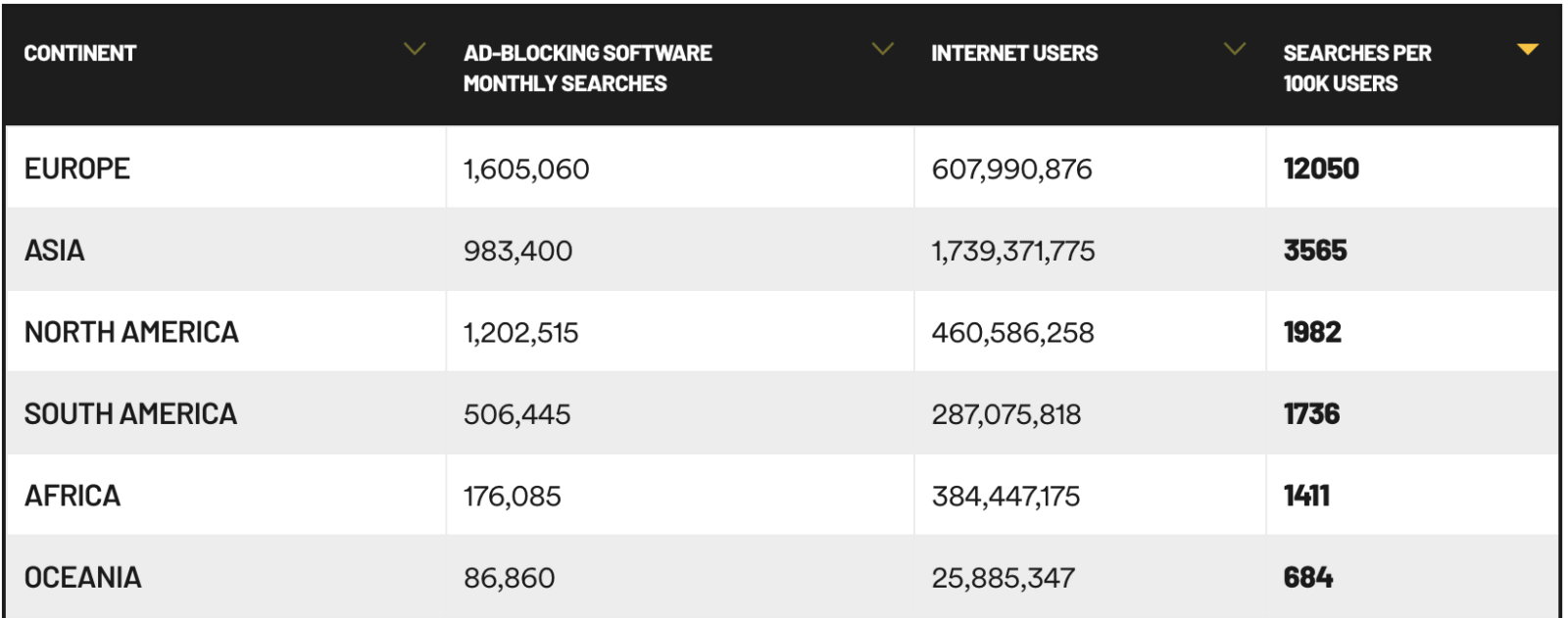
– Create and upload audience segments
Create audience segments based on user behaviour and activity by including audience pixels. Upload first-party advertising IDs (Apple IDFA / Android AdID) or PPIDs to audience segments for targeting and reporting. Also, integrate third-party audience data from your audience partners.
(Only available in Google Ad Manager 360)
– Use advertising IDs to improve user targeting
If users allow, the GMA SDK passes the Android Advertising ID and Apple IDFA for interest-based targeting. You can use a macro to pass this over to a secure connection to third parties.
– Limit ad impressions per user
Frequency caps help you limit how often a line item is served to the same user. You can specify the number of impressions that will be delivered to a single user in a specific period of time and apply multiple rules if needed.
3. Maximize ad revenue
– Maximize earnings
Earn more with our ad service, which includes free SDK mediation and fallback ads to automatically improve your earnings, and access to millions of advertisers in real-time through Google’s demand from Ad Exchange via Google Ad Manager.
4. Serve cutting-edge creatives that offer the best user experience and performance
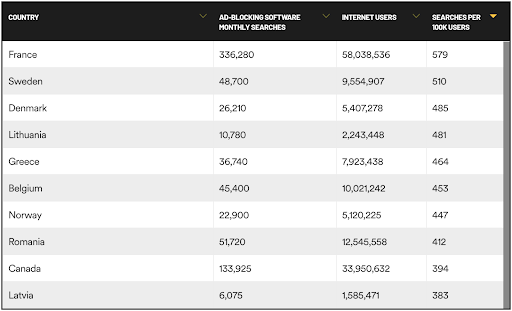
– Implement innovative ad formats with ease
+ Use creative templates and customize them to create professional-looking creatives specific to apps without having to create them from scratch.
Native ads match both the form and function of the user experience in which they’re placed. They match the visual design of the experience they live within and look, feel, and behave like natural content on the publisher property in which they’re displayed.
5. Leverage Google Ad Manager’s powerful targeting, ad serving, and reporting capabilities
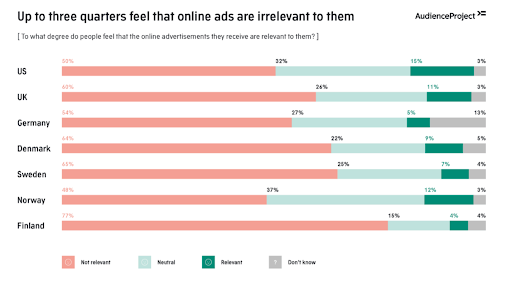
– One platform to serve everywhere
Google Ad Manager allows you to manage, deliver, and report on all of your web, mobile, and video advertising in one platform.
– Use mobile-specific targeting
In addition to the standard use of ad units and placements, use operating system and device targeting to target individual apps, sections of apps, or groups of apps. Also, pass extra signals such as location to enhance the selection of geo-targeted line items
– Make informed business decisions based on reports
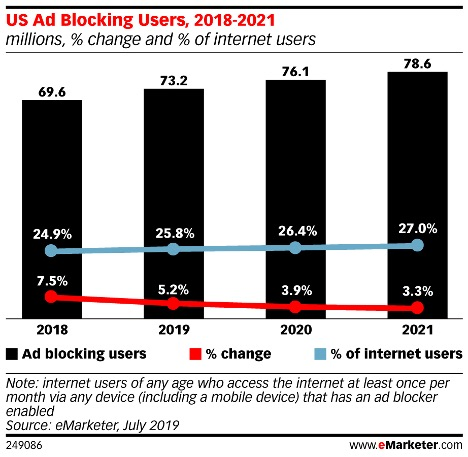
+ Track app install or in-app conversions.
+ Use features such as optimized creative rotation and automatic delivery optimization to deliver the most effective ads to the most responsive users.

